Economics students are taught that banks lend money that comes from the deposits of their customers. In other words, banks just circulate money - passing it from those who save, to those who borrow. This, however, completely misunderstands how banks actually work: by creating new money when they give out loans. This year’s Nobel Prize in Economics, however, was awarded, “for research on banks and financial crises”, to three economists whose models still understand banks, debt, and money as though they were naive economics students, argues Steve Keen.
Fifteen years ago, when the Global Financial Crisis that I and a handful of other rebel economists had warned about began, I really thought there was a chance for a revolution in economics. In particular, mainstream economics had left the monetary system - that is, the banks and other institutions that support and regulate the creation and exchange of money - out of its macroeconomic models, on the assumption that money was just a “veil over barter” and should therefore be ignored in macroeconomics. In contrast, the contrarian theory I followed—known as Hyman Minsky’s “Financial Instability Hypothesis”—argued that private debt and credit (the annual change in debt) are crucial. As I put it in May 2007:
"At some point, the [private] debt to GDP ratio must stabilise--and on past trends, it won't stop simply at stabilising. When that inevitable reversal of the unsustainable occurs, we will have a recession. (“Booming on Borrowed Money”)"
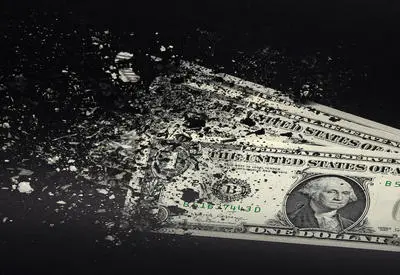 SUGGESTED READING
The real cause of inflation
By Charles Goodhart
SUGGESTED READING
The real cause of inflation
By Charles Goodhart
That reversal occurred in almost all OECD nations, as did the recession I predicted it would cause (Figure 1 shows the data for the USA).

Figure 1: The fall in private debt to GDP ratio I expected caused the recession I expected
___
This argument, that banks are not “mere intermediaries” between savers and borrowers, but actually create money when they lend, had been part of non-mainstream economics for decades.
___
An essential element in Minsky’s theory was that bank loans create money, and that when this money is spent, it adds to aggregate demand. As Minsky put it:
For real aggregate demand to be increasing … it is necessary that current spending plans … be greater than current received income … For such planned deficits to succeed in raising income … it is necessary for some of the spending to be financed … by the creation of new money. (Minsky 1982, p. 6)
This argument, that banks are not “mere intermediaries” between savers and borrowers, but actually create money when they lend, had been part of non-mainstream economics for decades (Schumpeter 1934; Moore 1979; Fisher 1933), but the mainstream had always resisted it. Then in 2014, the Bank of England came out on the side of the rebels:
The reality of how money is created today differs from the description found in some economics textbooks: Rather than banks receiving deposits when households save and then lending them out, bank lending creates deposits (McLeay, Radia, and Thomas 2014, p. 14)
The tide was turning, it seemed: just as Copernicus’s realistic Sun-centric model of the solar system came to supplant Ptolemy’s false Earth-centred vision, maybe, finally, economics was going to cease being about fantasy worlds, and start trying to understand the one in which we actually live.
Fat chance! This month, the “Nobel Prize” in Economics was awarded, “for research on banks and financial crises”, to three economists who don’t have banks, or debt, or money, in their economic models.










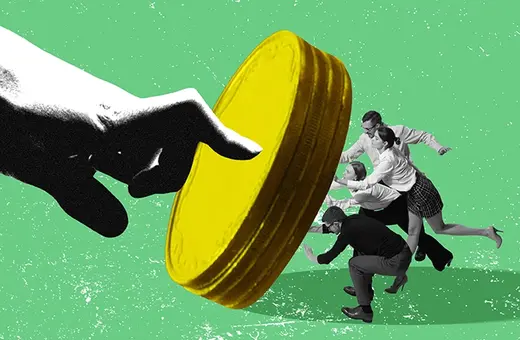
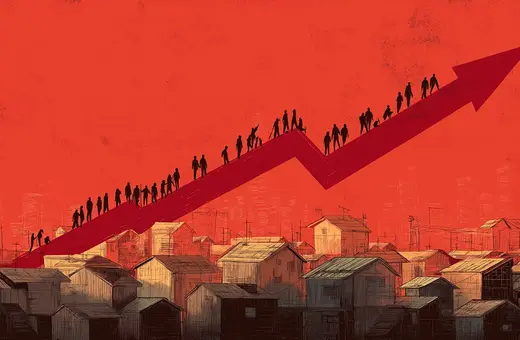


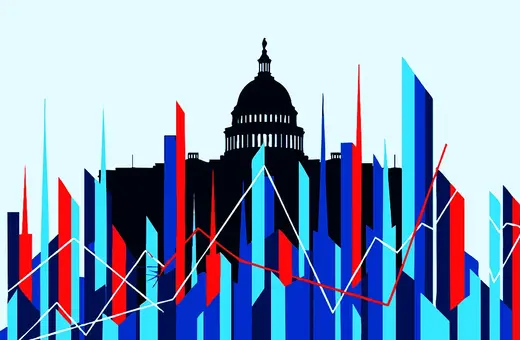


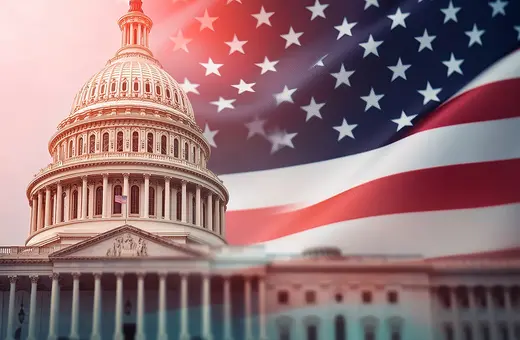
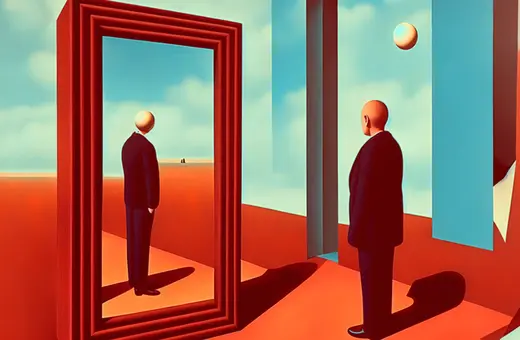

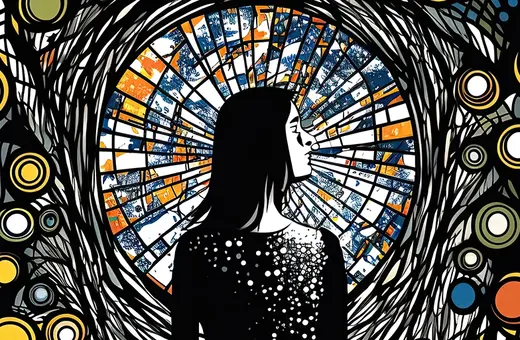
Join the conversation